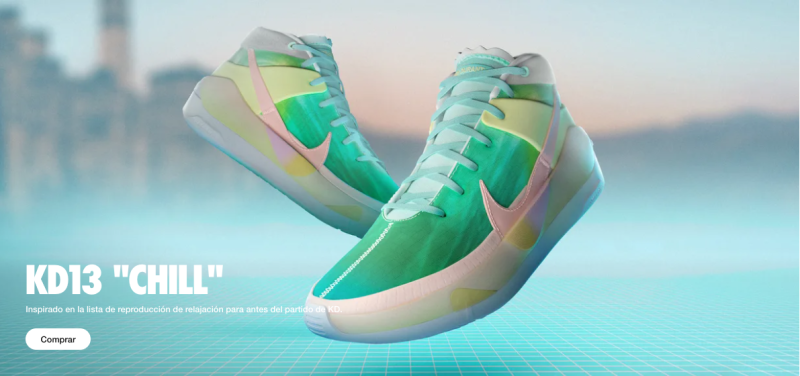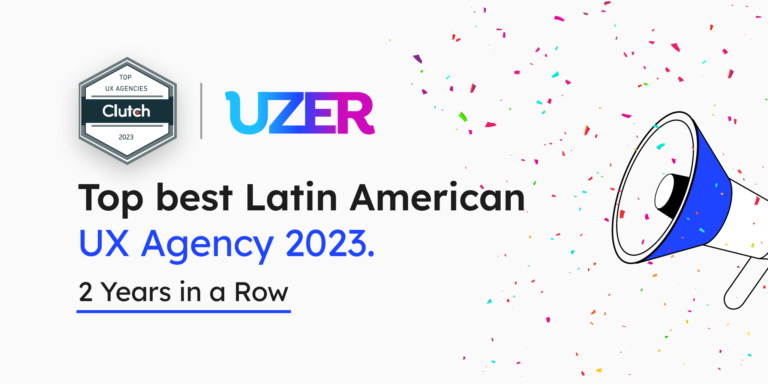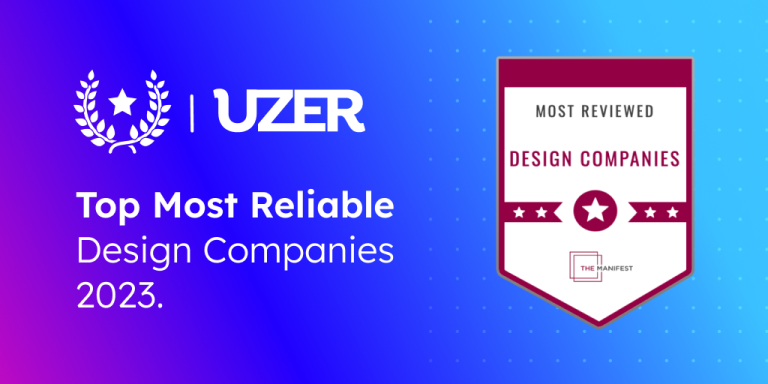At UZER we are always aware of the latest trends in UX, UI and Innovation and today we want to tell you about them. On the Internet and today’s media nothing is immutable, everything is transformed and the continuous change seeks to offer better experiences to users and we have discovered trends that recently apply to bring greater value to an interface or product. Of course in UZER we have already implemented them and we want to tell you what they are.
Trends evolve our UX/UI work for digital products and services to the most current and optimal work out there, but we must also know its usefulness, its advantages and its disadvantages, and finally adopt a good criterion when employing one or the other (taking into account the needs of the customer, the product and the market conditions) to make the most of them and provide real added value.
1. More than creating Chatbots, build Virtual Assistants:
One of our principles is to put the user at the center of all our efforts: facilitating some processes and resolving certain immediate situations, this has made chatbots and virtual assistants take center stage in human-machine interactions. But what’s your big difference? A virtual assistant is oriented to serve the user, it actually generates solutions, creates support cases that proactively solves and understands the needs of the user, while a chatbot is a concept that unfortunately has fallen short and usually only serves its owner to decrease some service tasks since it barely leads the user towards information that is usually not enough to meet their needs.

2. Decreased Tapping, increase Swiping, swipe is effective:
The size of the phones continues to increase and the way we hold the mobile and radius that we are able to cover is a conditional that limits both the arrangement of the components and elements on the screen and the interactions and movements that the user can perform. Because of this swiping, “sliding”, becomes a more agile and comfortable way for the user in certain interactions, especially if we only have one free hand.
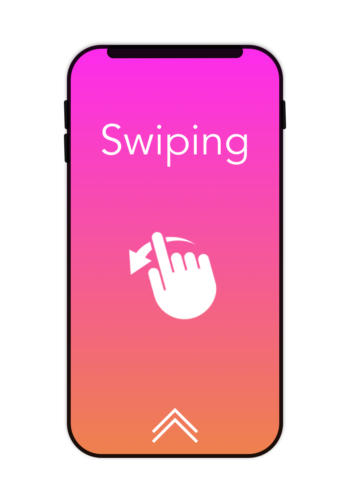
3. Overlay, an ally of communication:
Undoubtedly overlay is an optimal resource to strengthen the message and the values of communication in an interface, so this current trend helps us to generate that sense of depth and connect with the user. When overlaying layers or images generate a contribution in communication and efficiency in the scope of objectives it can also generate a WOW effect that can positively impact the user. We break the scheme; we are used to the elements having their own space and being separated from other elements that may be around them. In line with irregular grids and asymmetric games, overlapping elements are very effective in generating a focus of interest on page-specific content.
4. Yes, futuristic gradients and colors are back on trend:
Web design is becoming increasingly bold, using neon colors and very saturated tones, away from nature’s own tones. This is intended to generate designs that transfer the screen and emit their own light. The much more vivid and brighter color palettes arrive, along with gradients. The muted tones are left behind to welcome an explosion of color. However, we have to maintain the proportions and the game of contrasts, without abusing, so as not to create a saturated interface. A good example is our current website UZER.co
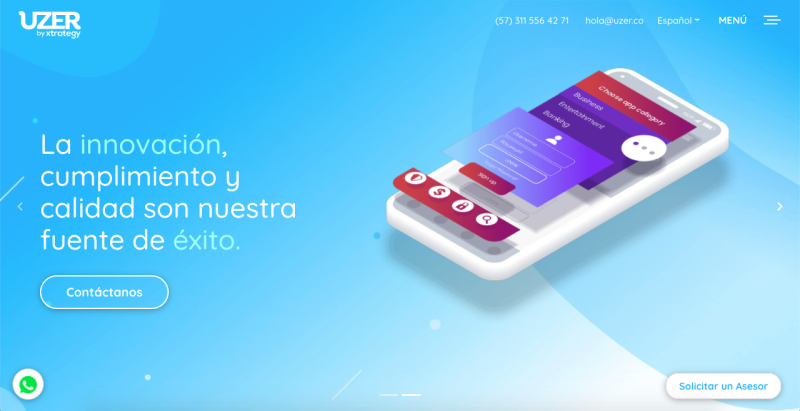
5. The 5G has arrived and with it we can start designing for speed and say goodbye to the waiting elements:
The acclaimed 5G is already being implemented worldwide so the data transfer rate and latency time will increase significantly. This implies that the delay on any page or any function will gradually be less acceptable to users. Gradually the screens and loading elements will disappear (yes that awkward moment) as the technology advances, they will be irrelevant, however, the animations will be maintained and used to highlight the interactive elements.
6. Skeuomorphism, the reality is more intuitive:
The Internet of Things (IoT) is taking us back to value skeuomorphic design as the cutting edge of design thinking. It’s more important than ever, but it has to adapt. It’s not just about mimicking the real-world experience, it’s about building physical interactions with basic and intuitive elements for the user. That is, understand what is that part of real-world physics that we can synthesize to present to the user in a simple and intuitive way.
Moreover, we cannot set aside the rise of augmented and virtual reality. Currently, we can interact with objects in a real-world simulation, we can use our hands to touch and feel digital objects, place them on surfaces and experience real-world physics in a digital setting.
7. AR/VR/MR:
Augmented reality is not only useful for online shopping. It is widely used to improve navigation with a smartphone, for educational purposes and, of course, to entertain the user. This is the next-level UX when the environment engages and complements the digital experience. Mixed reality in applications allows you to create an interactive environment around the user. Virtual objects blend with reality, providing the user with completely new sensations and experiences. Designing for VR, AR and MR is similar to creating new realities. This new paradigm of immersive and multidimensional content creation requires new rules and considerations, which is why at UZER we are already complementing our team to offer high-level experiences in this regard.

UX and UI design practices are evolving along with the dizzying change in technology. Companies need to be aware of the latest trends in UX and UI design to better understand the design landscape and develop strategies to adjust their practices to new methodologies and technological advances.
At UZER we are experts in UX and UI design, do you have a project in mind? Let’s talk, contact us here.

